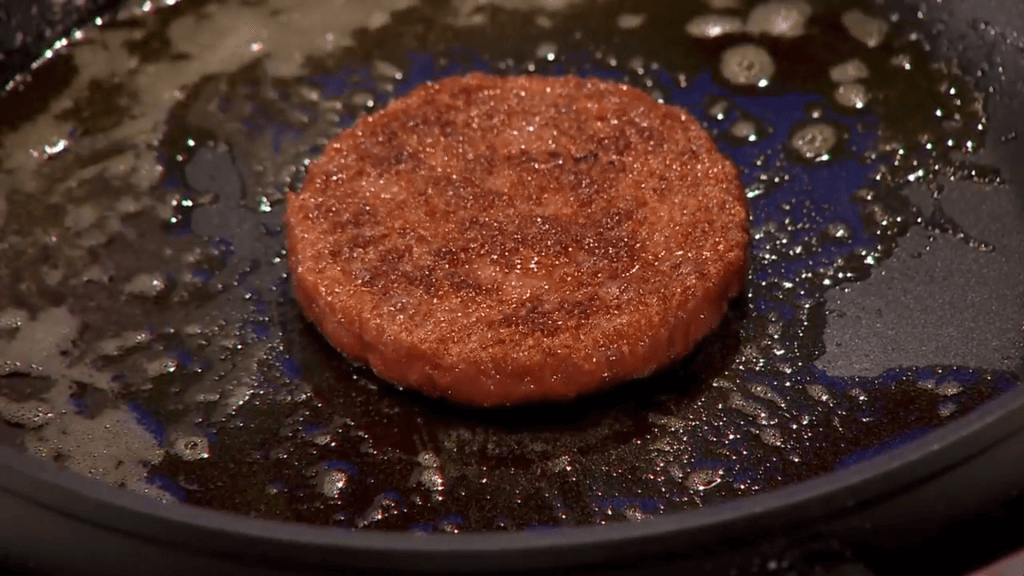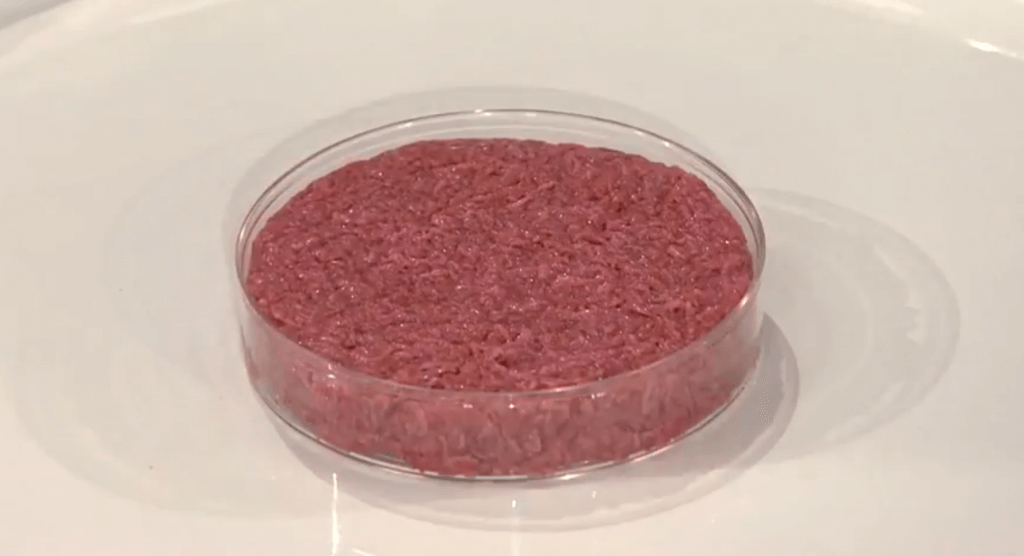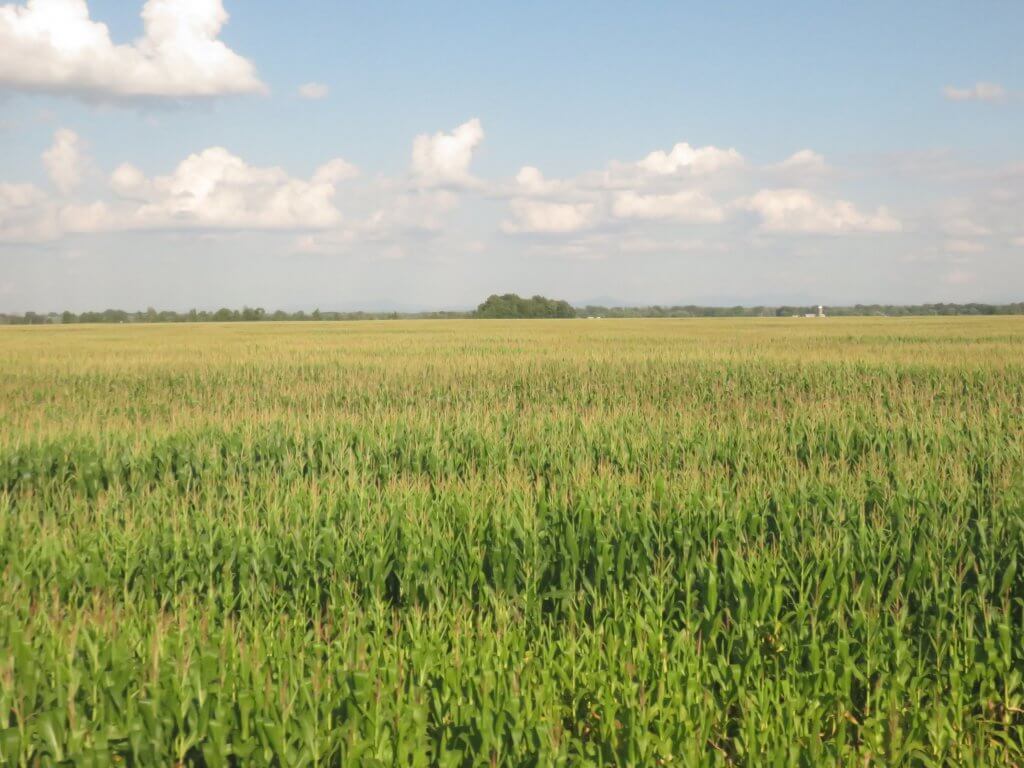What is Clean Meat?
For those of you living in a cave(which some of our readers probably do) and haven’t heard of the recent advances in lab grown meat, let me update you. Within the last 2-5 years “clean meat” companies as they prefer to be called have made significant progress toward the goal of affordably producing lab grown meat for the general public. A pound of lab grown meat still costs a few thousand dollars at best but now there are somewhat streamlined processes in place to make it. Companies like Memphis Meats are continuing to rapidly get prices down and increase production. These companies have their eyes set on meat production that will rival or even surpass the quality and price of traditionally grown meat. Many of them believe they will have products for sale within 5 years. All this without the need to mass breed and slaughter live animals.

To be clear clean meat is actual meat, it is not a meat substitute. Clean meat is produced by a process in which cell cultures( typically cattle, pork or poultry muscle cells) are supplied with the environment and correct balance of nutrients to perform cell replication in a lab. Over time a few live cells can replicate into a raw living meatball but without an animal attached to it. The process is a bit more complicated involving the replication of stem cells that can turn into muscle cells but you get the idea.
The concept of growing meat in a lab seems impulsively repugnant to many. I for one find myself feeling nostalgia for the old ways of hunting and raising animals that almost every human culture has done for thousands of years. As I learned more about this new method of producing meat I developed a genuine excitement for the environmental, animal welfare and human welfare benefits that it could bring to humanity. This article will make the argument that lab grown meat is better than traditionally raised meat in almost every way.
1.Animal Welfare
This is an obvious one. Although I personally believe that humans do have the right to kill and eat animals under certain circumstances, the way it is most often done today is abhorrent. My opinion is that the life experience of the animal should be a high priority in meat production. I have seen farms where animals live till adulthood relatively peacefully outdoors, protected from predators and disease. I believe that these animals live in no less pain than they would in the wild. Most of us are aware that this is not the way that many animals deemed for consumption are treated. Pigs seem to have it particularly bad considering their assumed level of intelligence and understanding of the world. Meat animals in general are often locked in cages for much of their lives, separated from family, genetically bred to be too fat to live healthy lives and then killed in inhumane ways.
Clean meat production solves all these problems completely. Clean meat need not involve any other bodily organs than muscle and fat. There is no brain, no reproductive organs, nothing to give this living muscle tissue any kind of life experience. It can be likened to the life experience of a vegetable.
2.Disease Avoidance
For some reason when we think of lab grown meat it might seems it would be a “grosser” meat than traditional meat. Once we thoroughly consider the two processes side by side though the clean meat really does live up to its name. It is by far the “cleaner” meat. Clean meat production involves no bile, feces, tumors, parasites or any of the other vulgarities that are hopefully removed from traditional meat before consumption.

Bacteria in particular will have an extremely difficult time inhabiting clean meat production. The meat can eventually be produced in sterile containment vessels so that it will not need to be touched by human hands during development. Each batch can be tested before distribution and destroyed if any contamination is detected. Bacteria, virus, prions, and parasites will likely be nearly non-existent in these environments.
3.Improved Nutrition
Animals take a long time to selectively breed for certain traits. Many of the meat production animals today are bred for their high fat content and speedy development. This doesn’t lead to the healthiest meat options for the developed world. According to webmd.com it is pretty clear that many types of red meat contain high levels of saturated fats which can increase the risk of heart disease if consumed regularly.
Clean meat can be selected to find the best balance between taste and nutrition. It could even be genetically modified for improved nutrition if that’s what consumers are looking for. Another added benefit is that the nutrient supply to the meat can be balanced or fortified in such a way to provide optimal nutrition for the consumer. Also there is no need to add growth hormones or antibiotics.
4.Diversified Meats
This benefits is for those of us that love eating meat. It relies on the fact that lab grown meat doesn’t require the death of any animals, only a small sample taken at some point, about the size of a biopsy needle. Virtually any type of animal can theoretically be used to make clean meat. The process will definitely have to be refined for each specific type of animal, but once it’s in place it will be easily reproducible. Many types of animals in the wild might taste better and be healthier then the big 5 that most of the world eats.
5.Reduced Land Use
Livestock grazing land accounts for about 788 million acres, that’s over 40% of the land of the lower 48 states. It might not seem like livestock grazing is bad for land, but in reality it can destroy eco systems and pollute rivers and streams. Reducing the amount of land that is used as grazing pasture will only increase plant and animal species and improve ecosystems. Not only this but according to scientificamerica.com 36% of U.S corn production is used to feed animals. Most of it(40%) is used to make biofuels and the left over grain from that process is also used to feed animals. Over 13 million acres a year of corn is harvested for animal feed.

This reduction in the need for large acreage for farming of crops and animals would probably need to be done in conjunction with incentives that allow deforested private and public land to recuperate. If the price of clean meat becomes competitive with traditional meat then meat producers will have a great incentive to replace their herds with clean meat production facilities which take up only a small fraction of the land that would be required to produce the equivalent amount of traditional meat.
Negative Side Effects of Lab Grown Meat
To be fair there are a couple of negative side effects of lab grown meat. The most impactful will probably be the great reduction in available jobs in the meat industry due to the extreme increase in efficiency of lab grown meat production. This is an issue that the nation is facing in many industries. It is a huge problem that needs to be solved but it’s not specific to this industry and it’s not a good reason to forgo the benefits of lab grown meat.
The second negative side effect is that lab grown meat will not necessarily require less energy. The process might end up requiring more energy than traditional meat in some circumstances. This could contribute to global warming if we haven’t developed a cleaner form of energy production by that point.
Nature Vs Technology
I am someone who loves all things natural as well as traditional ways of doing things. That being said there are times when the best thing for the natural world is the most cutting edge technology available. Humans have been a destructive force for the natural world for at least the last 10,000 years. If we want to live on this earth with anywhere near the human population we have today without destroying it then naturalists like me should get comfortable with the fact that the solutions are going to start coming more from science and technology and less from tradition.
Many of our readers find that subscribing to Eat The Planet is the best way to make sure they don't miss any of our valuable information about wild edibles.
See our privacy policy for more information about ads on this site







2 Responses
You are so full of it. We know you prevent all God created. Just like GMO’s 30 years ago we’re going to save the world and feed everyone, that was B.S.. just cause more cancer and less true farmers. I will never buy or support your lies. You need to repent and find Jesus. I always love how you spin your bullshit. I’ll pray tor you all, Gid knows you need it.
God knows you need it.